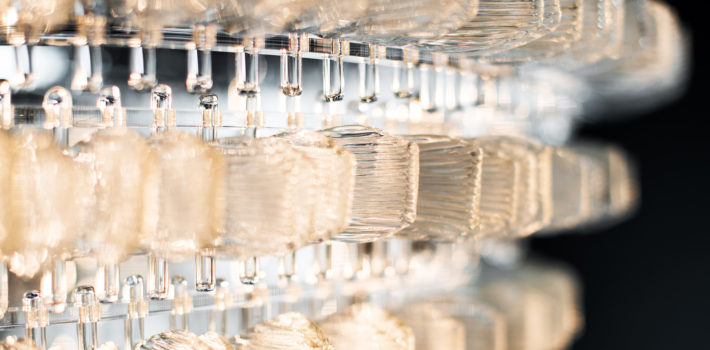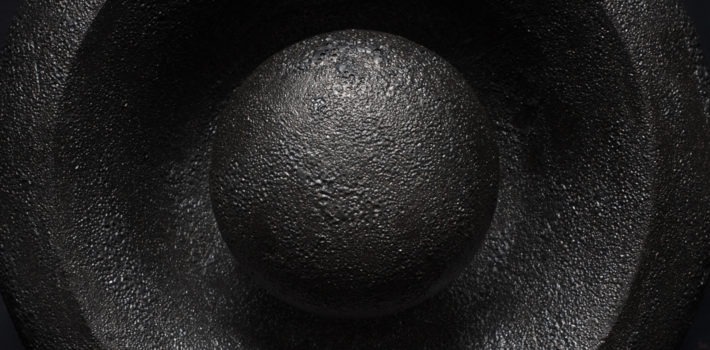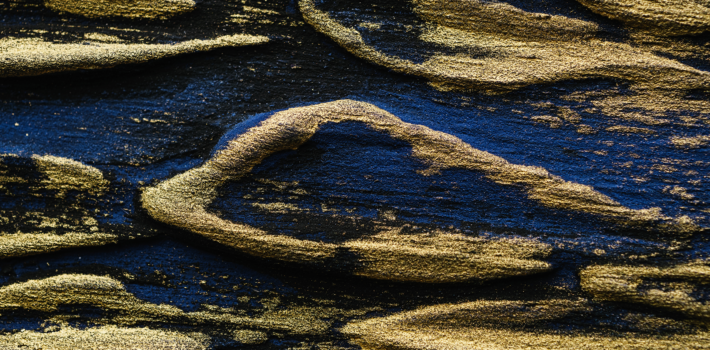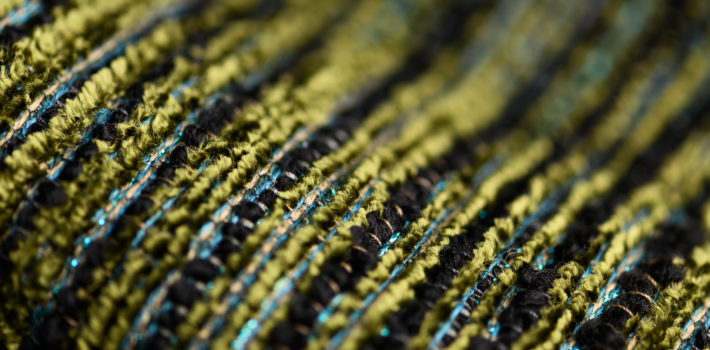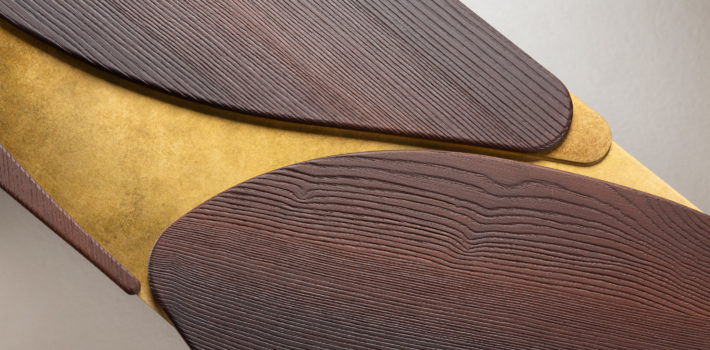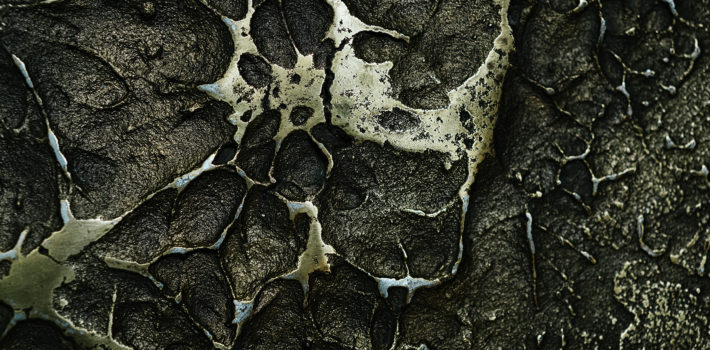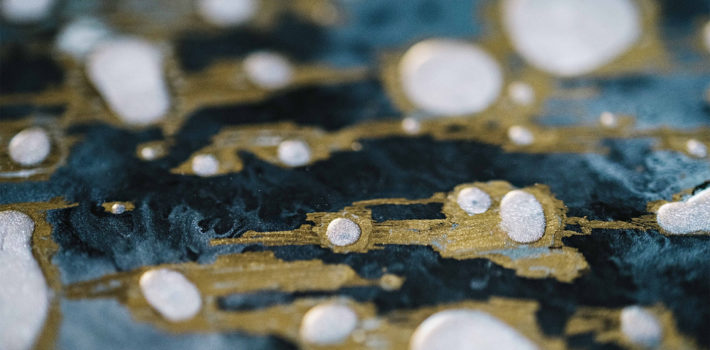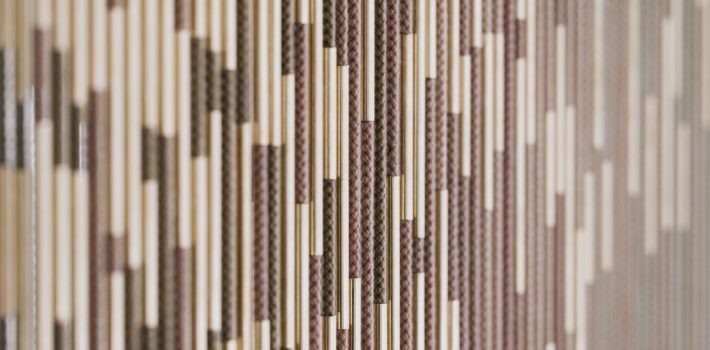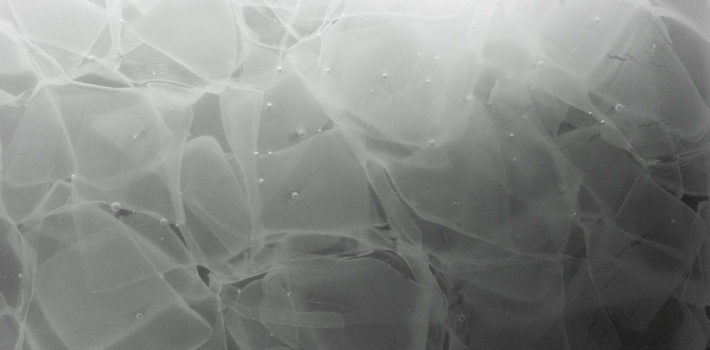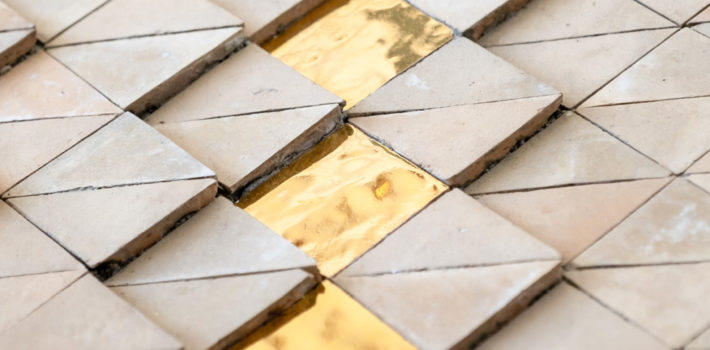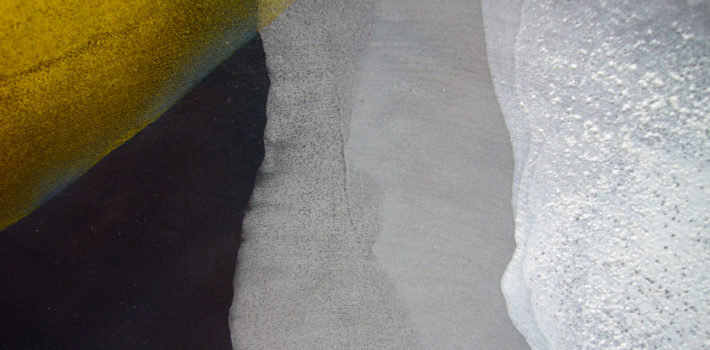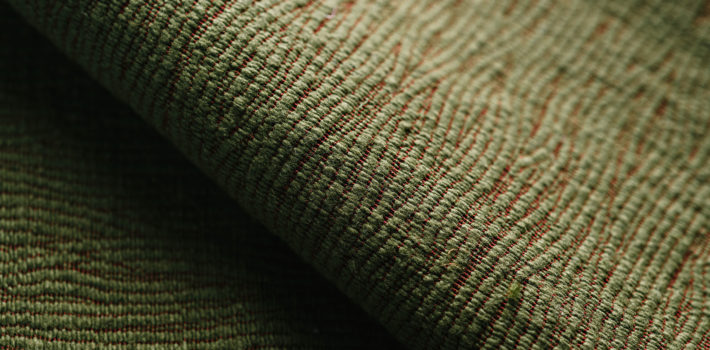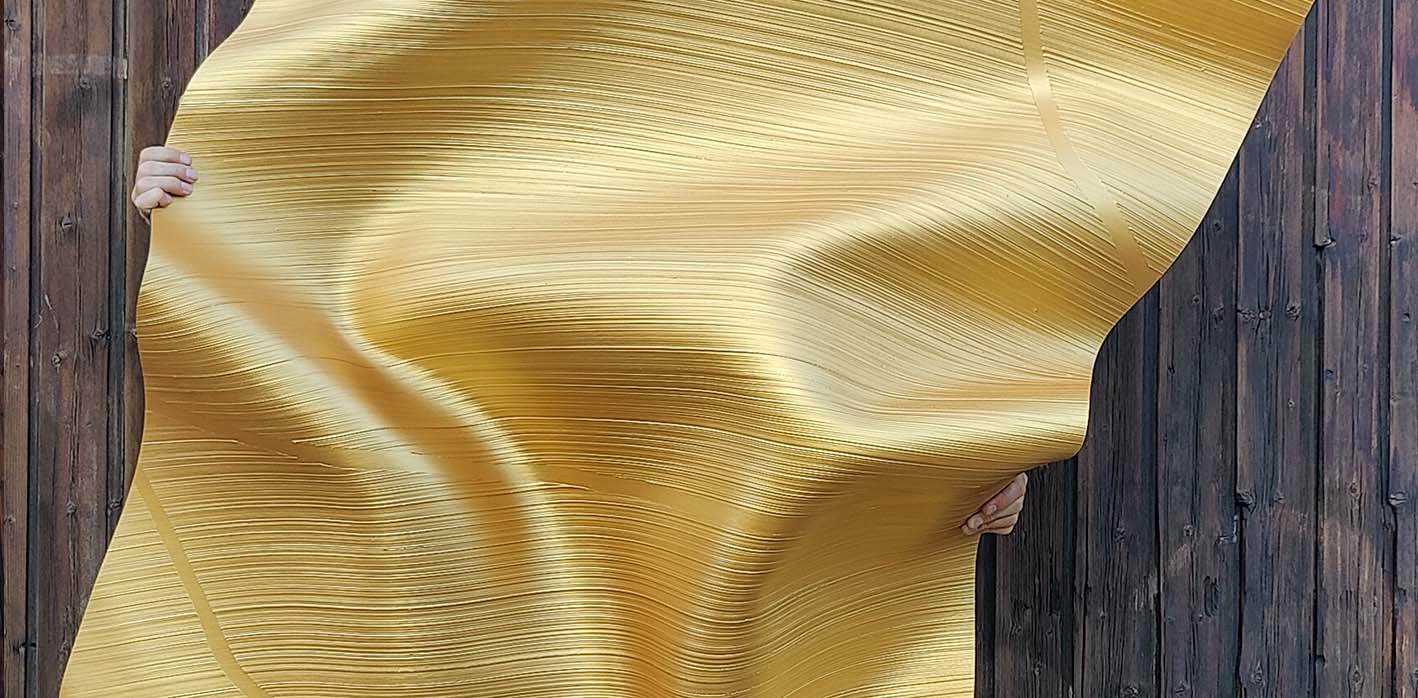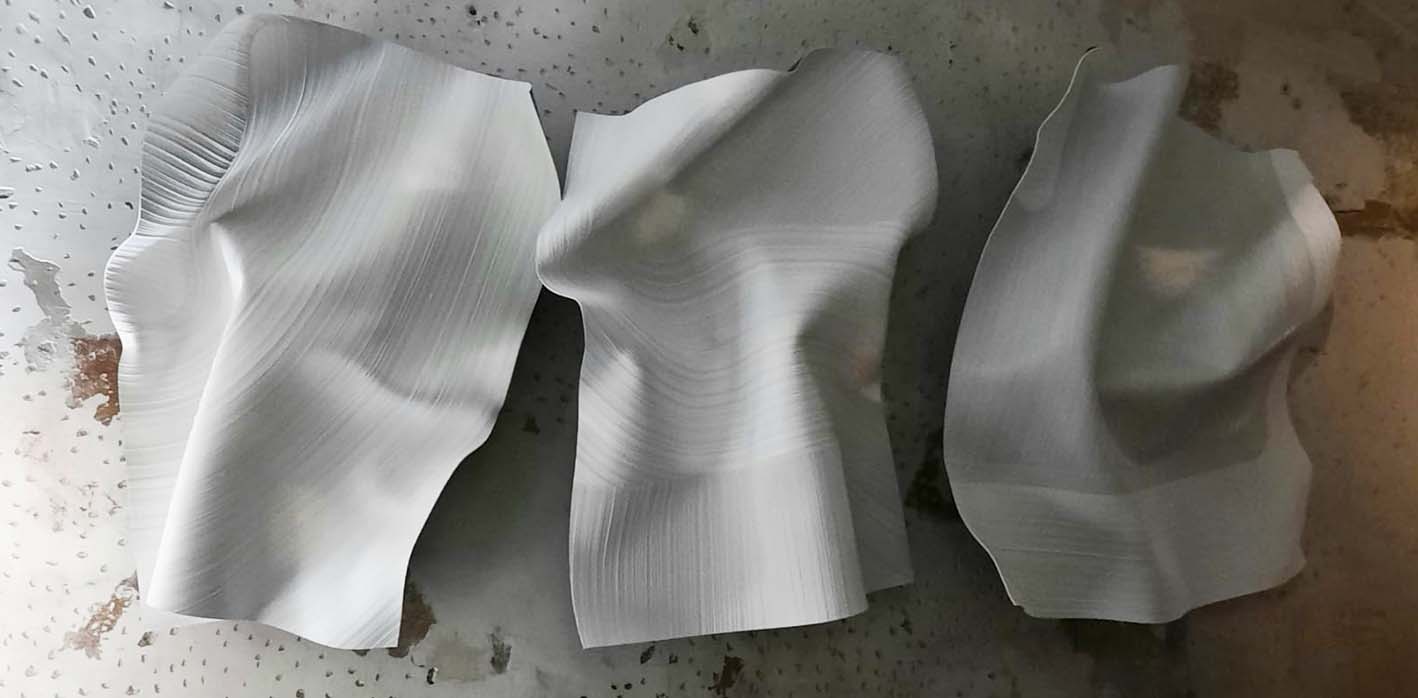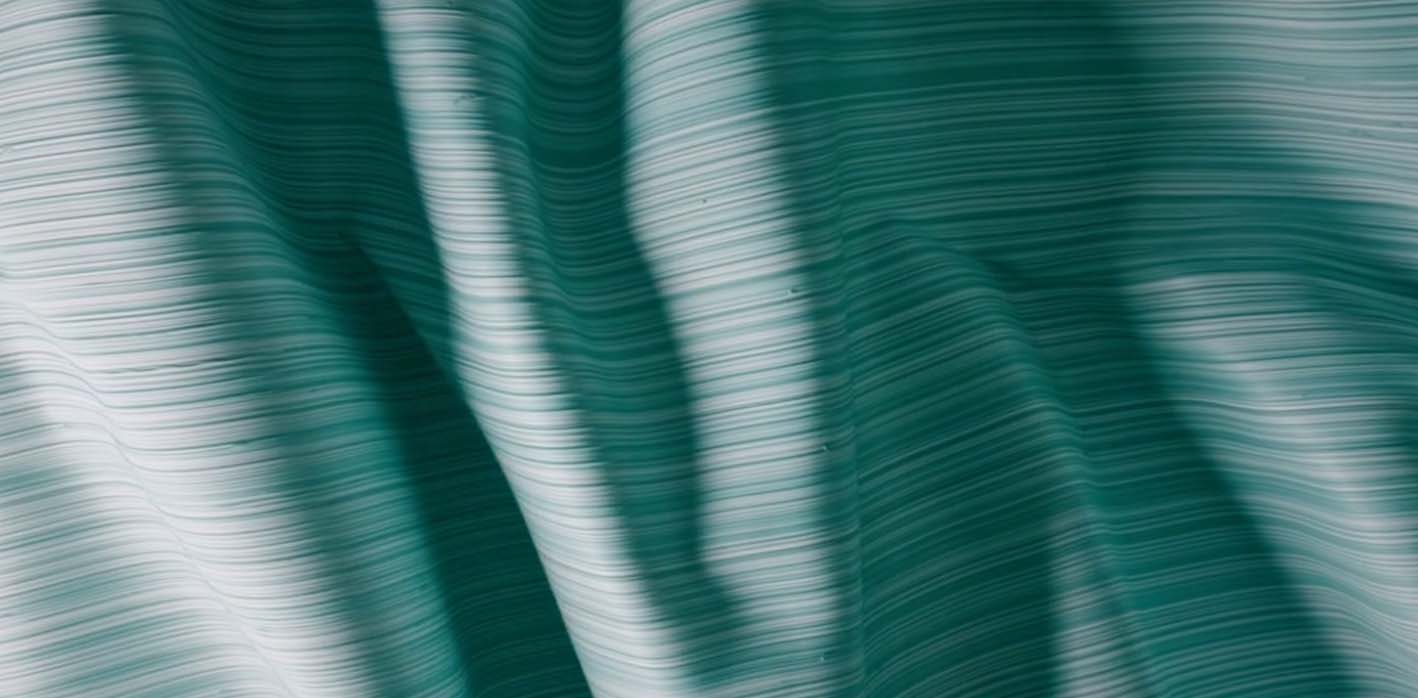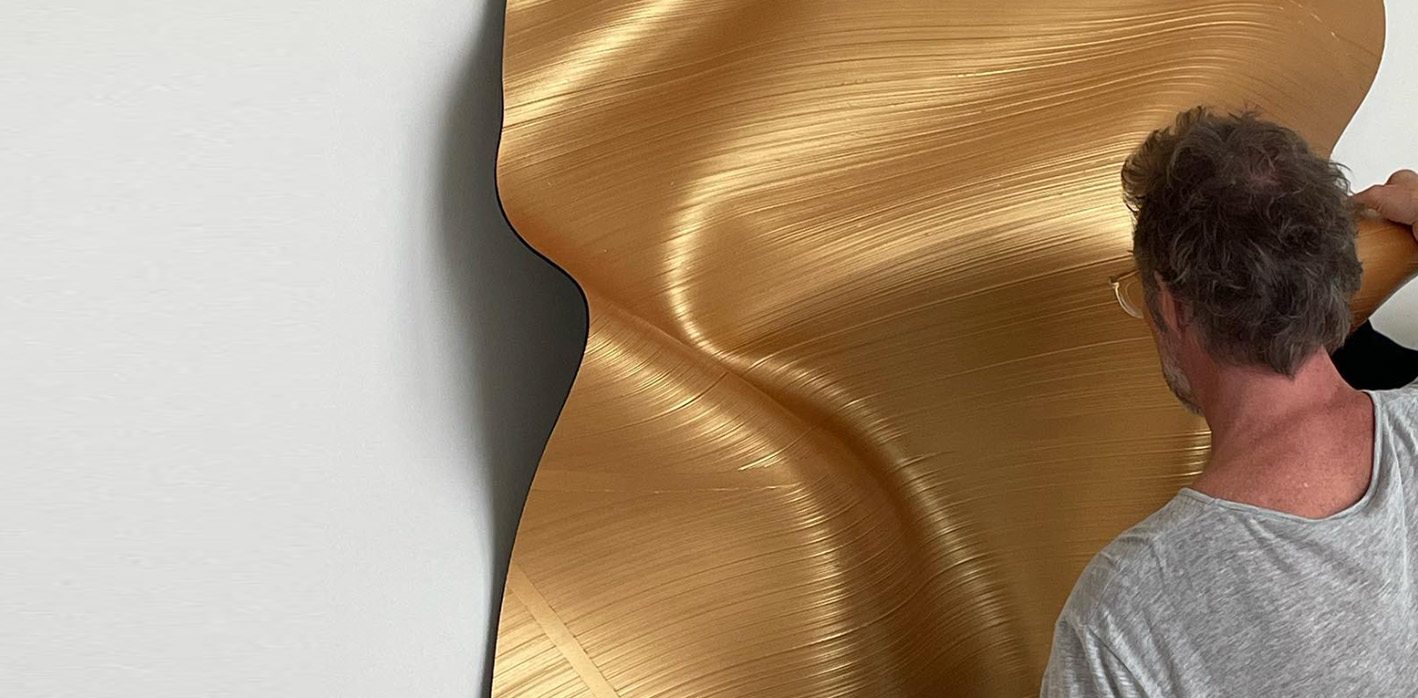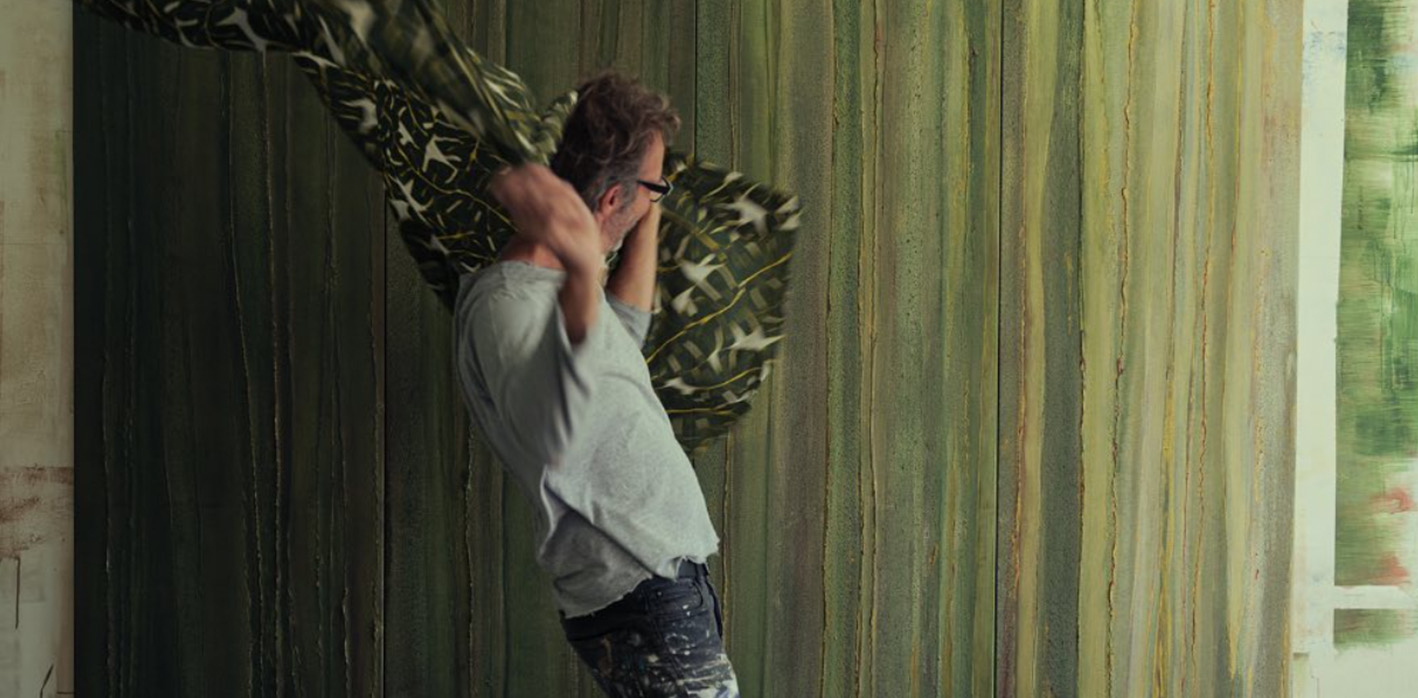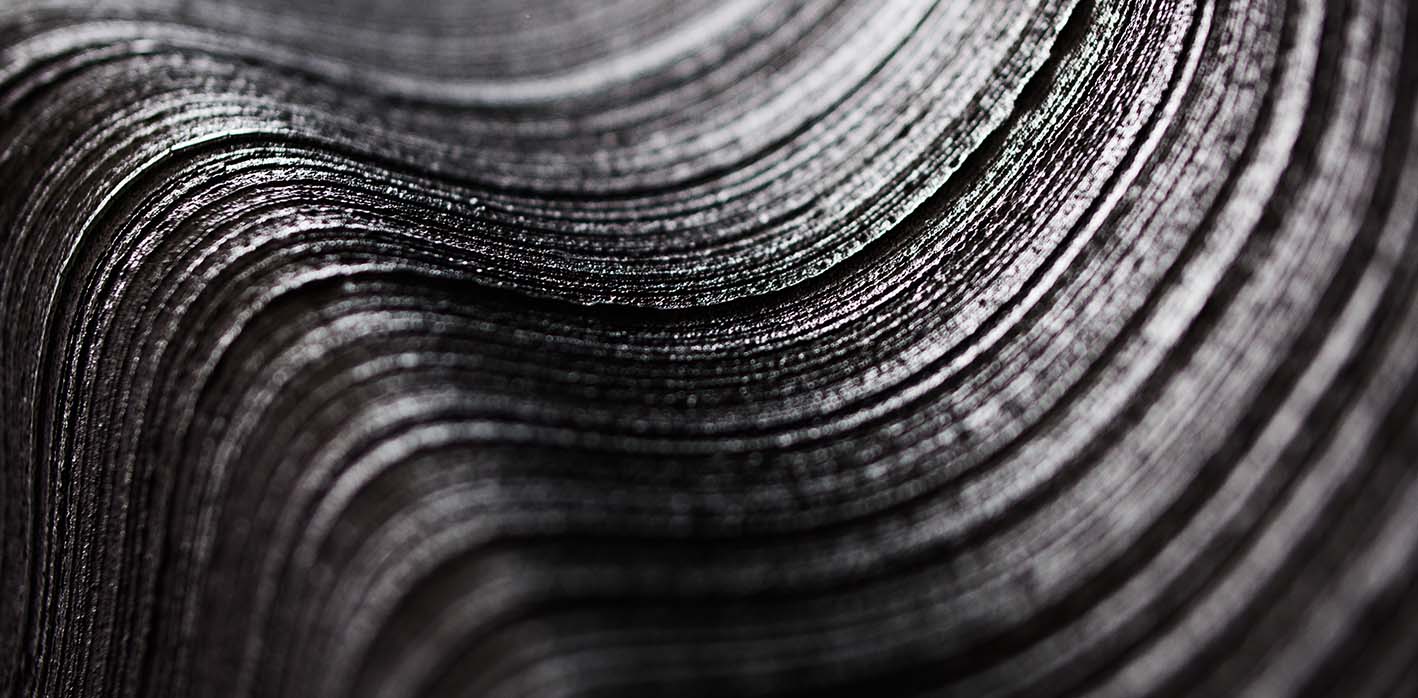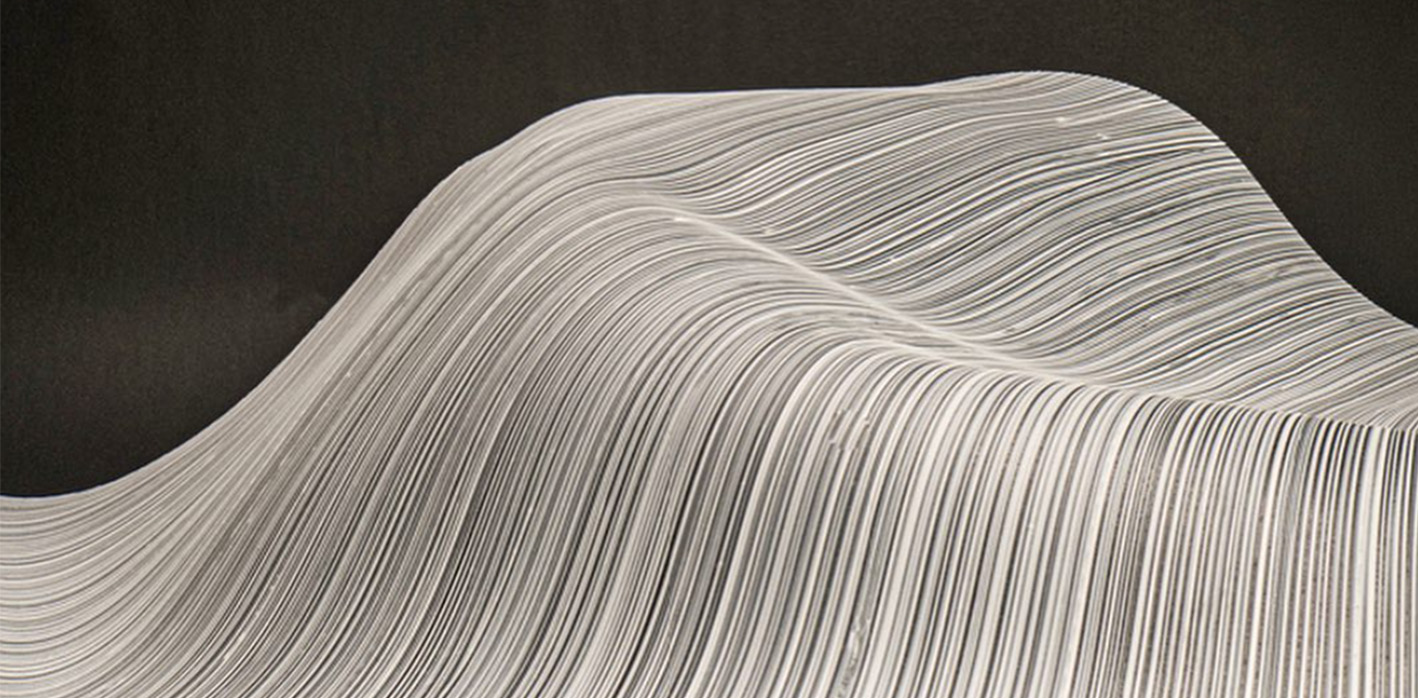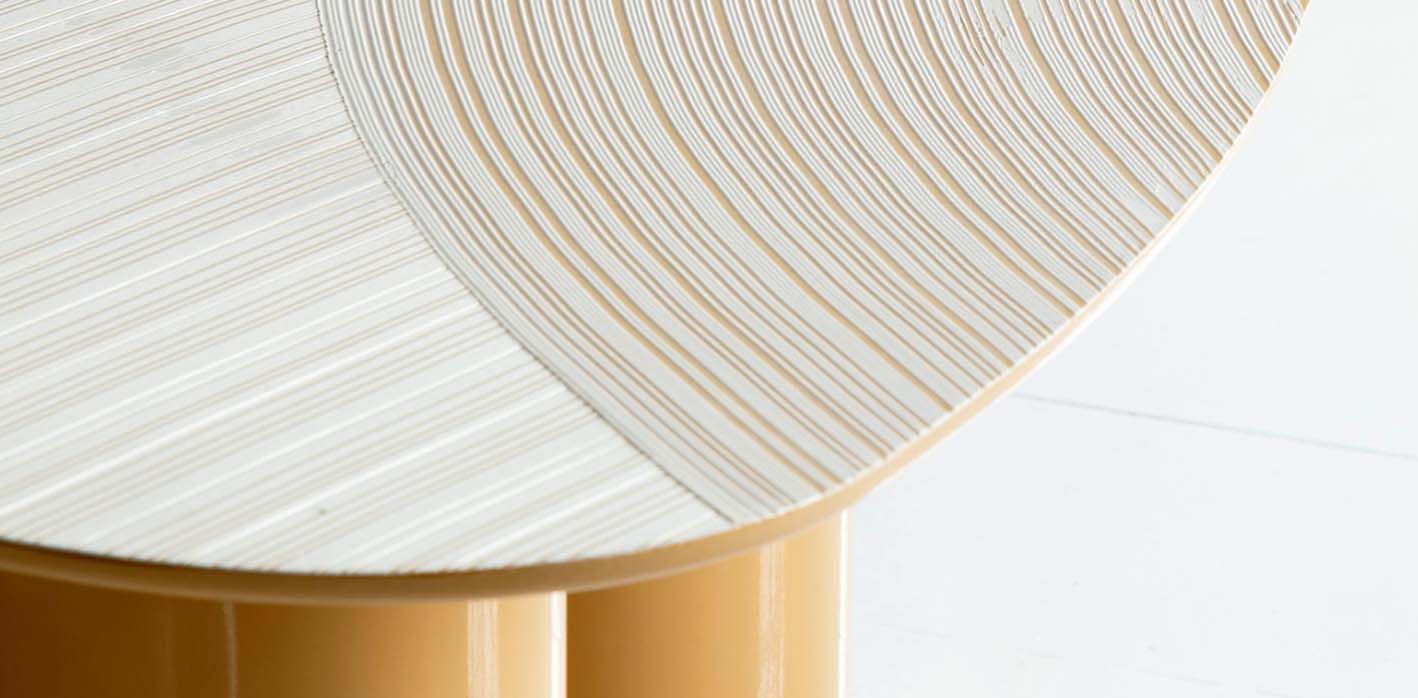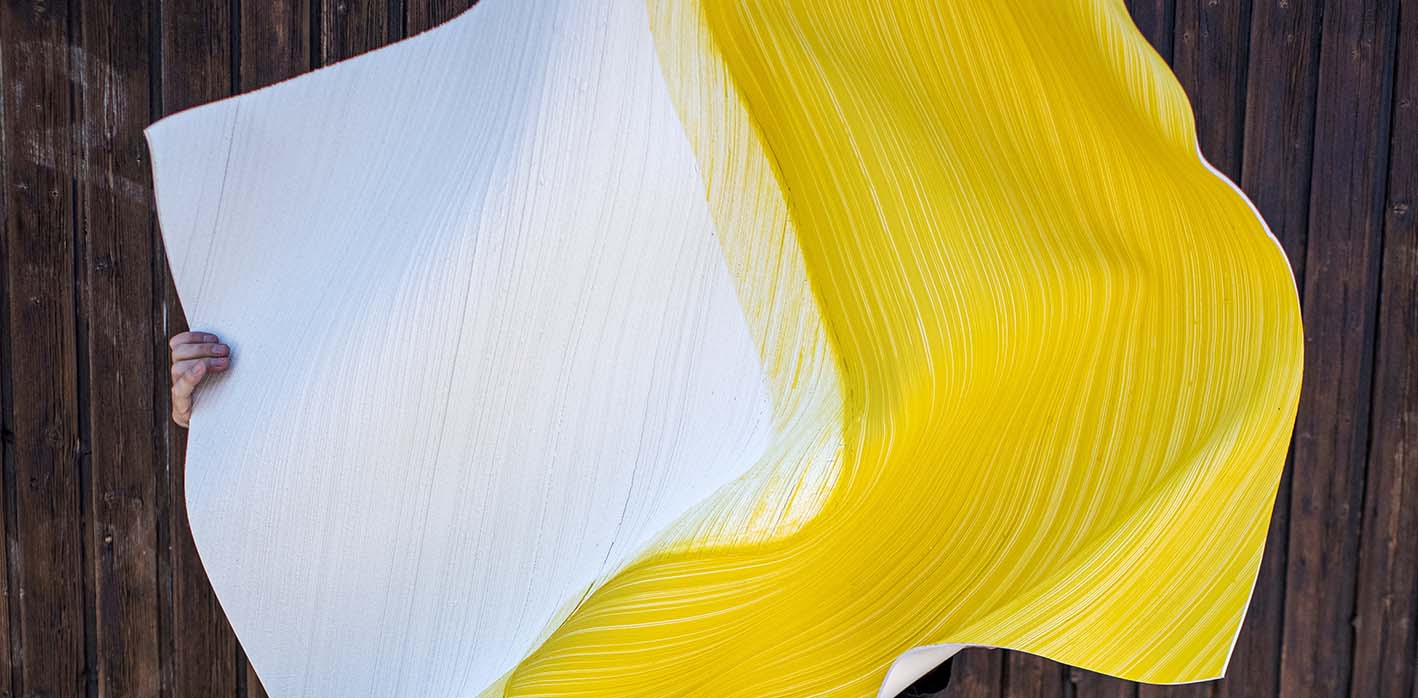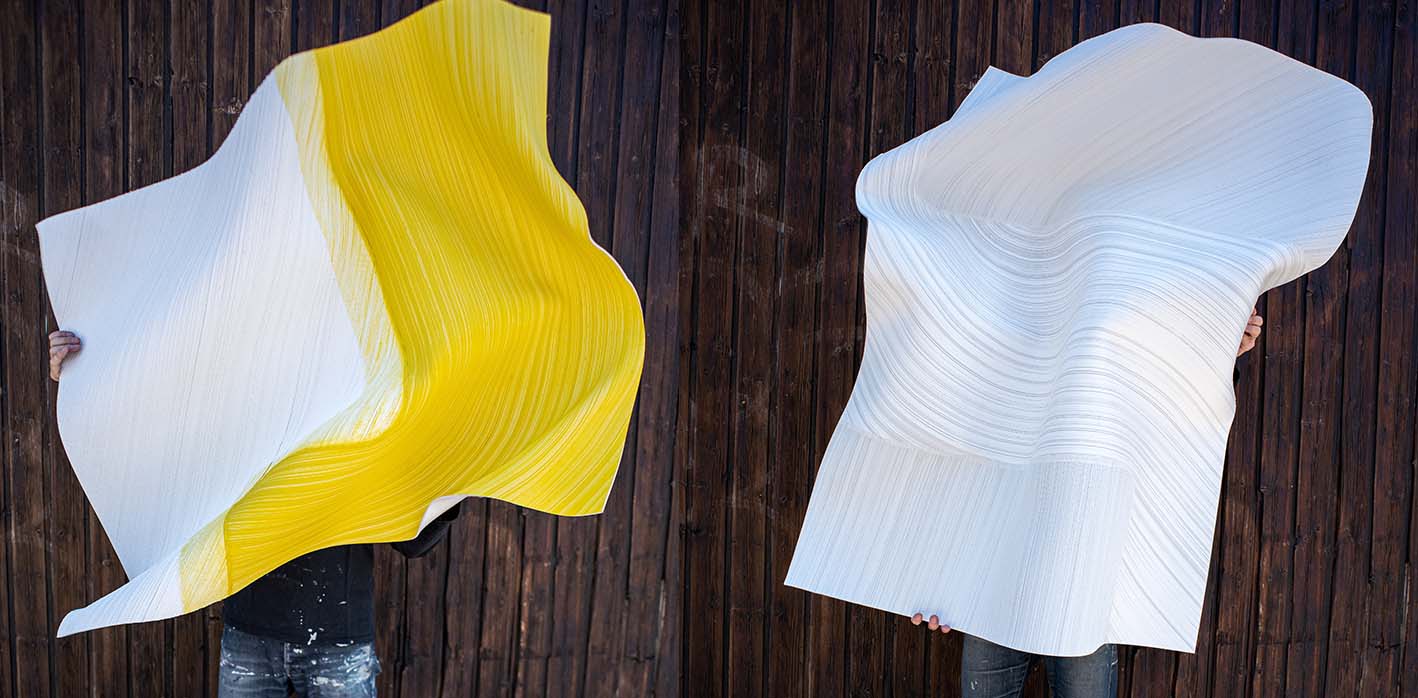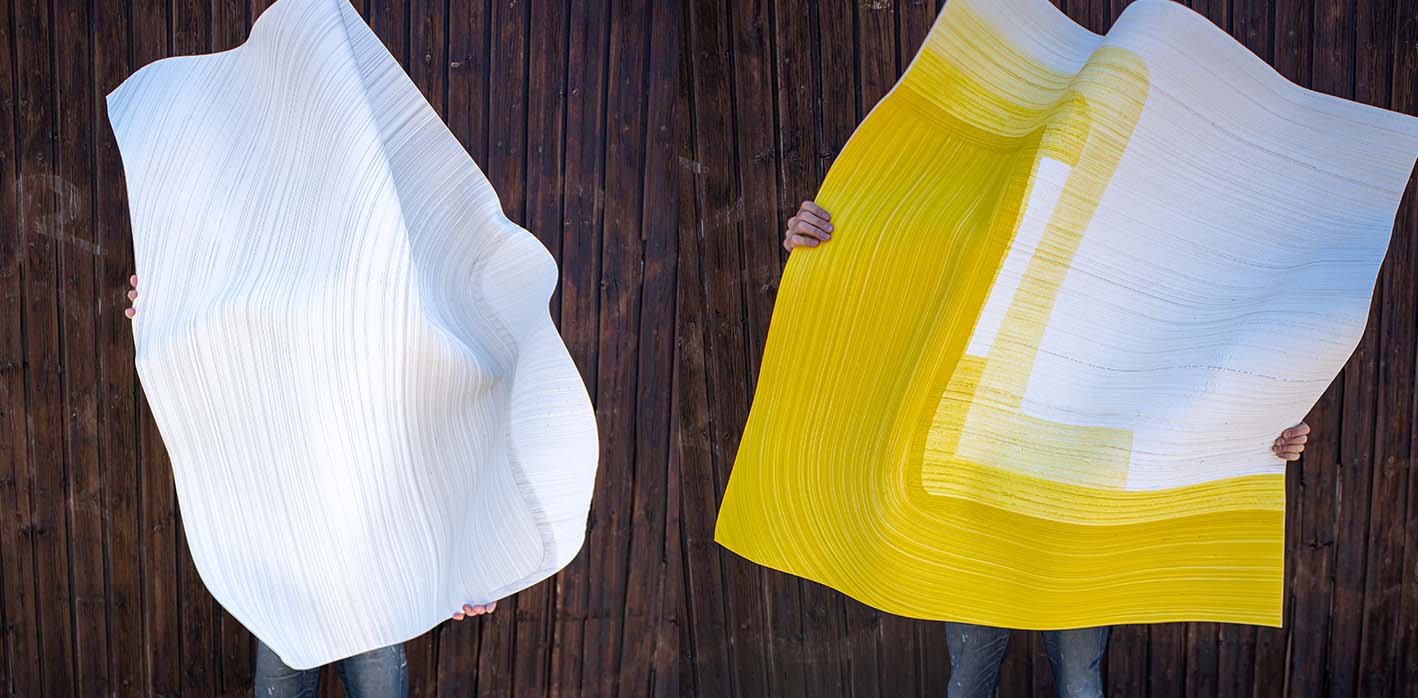Martin Berger
Visual Artist
Director of the Ateliers Berger, set workshop, Martin Berger, in the context of a more personal artistic practice, creates works inspired by both natural elements, translating “their beauty and their contradictions, their slow formations and rapid deformations, their movements,” and the human element through “gesture, movement, dance, the breath of life, and grounding to the earth.” Let’s discover the journey of this artist, his inspirations, and dreams:
Can you tell us about your journey in a few words?
I was born in the Alps, with Swiss origins (Neuchâtel). My parents moved me to the suburbs of Paris when I was 7 years old. Being left-handed, school was immediately challenging for me because in nursery school, we still wrote with a quill, and the ink dried very slowly.
Between the ages of 20 and 22, I went to San Francisco, USA. In 1985, it was a bit like “sex and drugs and rock’n’roll,” as Ian Dury sang. I didn’t pursue higher education, but when I returned, I joined the Louvre School as an independent candidate, following a maternal education heavily oriented towards art, antiques, and beautiful things in general. I frequented auction houses, exhibitions, and decorative arts shows, training my eye and shaping my brain for creativity.
My first profession was as an antique dealer, but a stock market crash in 1992 deprived me of my American and Japanese clientele, who particularly appreciated pieces from the Nancy School of glassware. Since I wasn’t very comfortable in the commercial field, at the age of 28, I decided to join a set workshop, shifting from antiques to the realm of creation. I had previously done furniture restoration and worked with coatings, but this was a truly enlightening, expansive, and infinite experience in a way.
I moved from one workshop to another for almost four years, learning and absorbing shapes, colors, and spaces. It was during this period that I entered my artistic life, creating furniture pieces, sets, and my first works.
In 1997, I set up a workshop jointly with my mother-in-law, the sculptor “annja,” in Arizona, and 18 months later, I returned to France, to Grenoble, with my wife and children. I established a workshop in France in late 1998 and a set design structure in 2003 with Ariane Berger, my partner in both work and life.
How and when did you decide to differentiate between your set workshop
and your personal practice?
It happened naturally as soon as I emerged from my experiences in workshops to venture on my own. Freedom allowed me to break free from the boundaries and constraints of set design to explore more personal aspects, from small-scale spaces to formats and forms that I either choose or that impose themselves. However, both practices remain inherently connected; I remain the same person in both worlds.
What are your sources of inspiration? Your creative process?
Over time, two sources have formed a continuous thread and have become evident. Our planet, the natural environment, its beauties and contradictions, its slow formations and rapid deformations, its movements. Earth, air, water, fire, the primary building blocks. Humanity, the human race, its polarities, the body, the gesture, movement, dance, the breath of life, and grounding to the earth.
Your works embody movement. What does this concept represent for you
and why is it essential?
Movement encompasses several aspects, including gesture, life, but also enthusiasm, ardor, and a sense of limitlessness. It’s also a reflection of energy. In an abstract piece, it’s fundamental to experience the energy infused and convey it to the observer. There is a need to create forms that are more “disconnected” from the walls, suspended, lightweight. Finally, movement should be present in all states of the materials used.
Do you have dreams of collaborations or creating a specific piece?
I have previously collaborated with engineers to create pieces where movement was mechanical, so science is also very appealing, as it, too, is infinite. Art and science.
To connect the inert nature of an artwork with movement, to repeat the experience of associating a piece with dance and music. My ultimate dream is a collaboration between Form and Material with the light of James Turrell !
How did you meet Collection Latil?
Anne-Sophie invited me to a dinner in an extraordinary workshop, reflecting her eye and sensitivity. After that, it was a bit like in the song “Le Tourbillon” by Jeanne Moreau; we observed, separated, reunited, and never parted ways.
Photos – ©Max Teste, ©Martin Berger, ©Stephan Julliard, ©Bruno Moyen.
